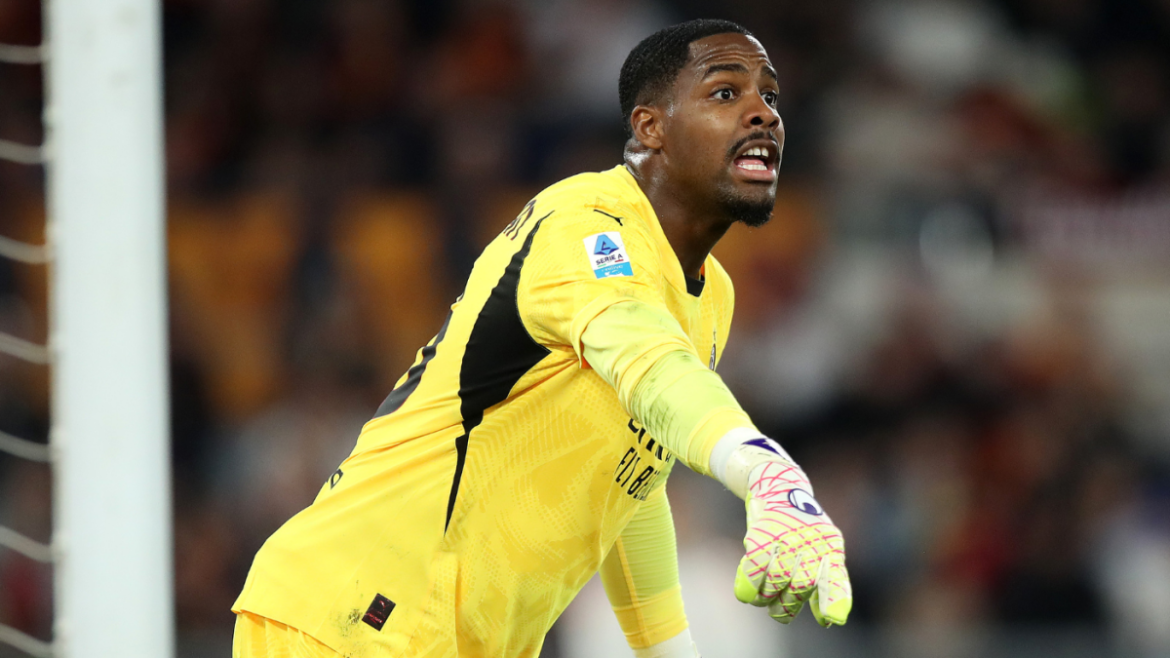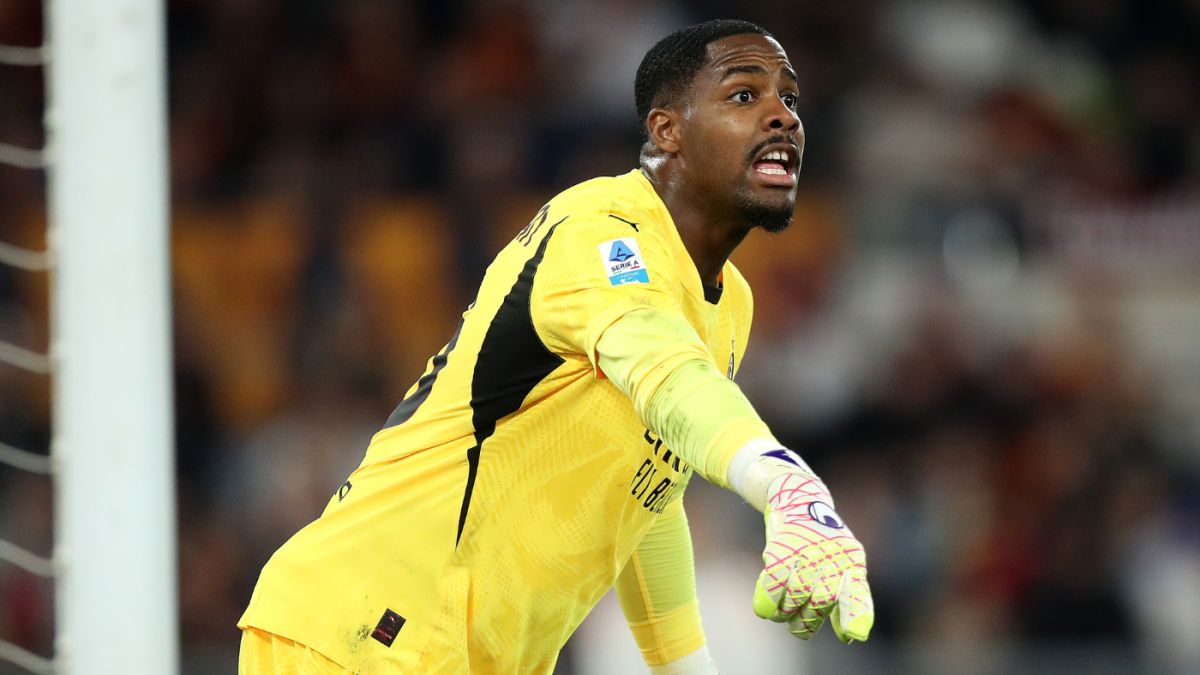The 2025 FIFA Club World Cup: A New Era of Global Club Football
—
Introduction: A Groundbreaking Tournament on the Horizon
In the summer of 2025, football fans worldwide will witness a revolutionary transformation in club football with the inaugural staging of the expanded FIFA Club World Cup. Hosted in the United States from June 14 to July 13, this revamped tournament is poised to become the pinnacle of global club competition, featuring an unprecedented 32 teams from across six football confederations. This event represents not only a celebration of football excellence but also a complex organizational challenge, especially concerning player transfers and preparation across competing clubs.
—
Expanded Format and Key Teams Involved
Traditionally modest in size, the Club World Cup’s expansion to 32 teams marks a seismic shift in the tournament’s scale and competitive depth. Highlighted participants include European giants Real Madrid, Chelsea, and Manchester City, alongside top clubs from other continents such as Al Hilal (Saudi Arabia), Inter Miami (USA, featuring Lionel Messi), and Botafogo (CONMEBOL’s Copa Libertadores champions).
The group stage sees clubs like Real Madrid facing off against Al Hilal, while Manchester City will encounter Juventus, underscoring the tournament’s intense intercontinental flair. Matches are hosted at prominent venues including the Hard Rock Stadium in Miami Gardens, which showcases the USA’s growing commitment to hosting top-tier football events.
—
Transfer Market Dynamics Shaped by the Club World Cup
One of the most remarkable aspects of the 2025 summer is how FIFA’s unique scheduling and tournament format have reshaped the traditional transfer window. To accommodate clubs competing in the Club World Cup, FIFA created an early, condensed transfer window running from June 1 to June 10—significantly earlier than usual. This micro-window allows clubs actively involved in the competition to strengthen their squads before the tournament commences, even permitting official signings before the typical contract end date of June 30.
For Premier League teams, this means an exceptional split transfer window. Manchester City and Chelsea, both Club World Cup participants, can finalize transfers ahead of the tournament to field their strongest squads. Meanwhile, all Premier League clubs will have access to the standard post-European season summer window, but the early opportunity is a distinct advantage for those in the competition. This transfer window adaptation also ripples through other European leagues, with clubs like Real Madrid planning key player movements (e.g., Luka Modric’s potential free transfer post-tournament) in sync with the Club World Cup timeline.
—
The Tournament Schedule: A Month of Elite Football
Spanning nearly a full month, the expanded Club World Cup schedule is packed with 63 fixtures, offering fans extensive football action across multiple cities in the United States. The tournament kicks off on June 14 with Inter Miami facing Egypt’s Al Ahly at Hard Rock Stadium. This opener sets the tone for an intense competition featuring continental champions from UEFA, CONMEBOL, AFC, CAF, CONCACAF, and OFC.
A significant highlight includes Real Madrid’s high-profile match against Al Hilal in Miami on June 22 and Manchester City’s encounters against Juventus and other top-tier clubs. The final is slated for mid-July, with an anticipated prize pool of up to £97 million ($125 million), underscoring the tournament’s high stakes.
—
Impact on Clubs and Players
The Club World Cup’s scale, scheduling, and financial incentives have multifaceted impact:
– Competitive Preparedness: Clubs must balance late-season fatigue with the need for stability and strategic signings in the early transfer window. The condensed nature of the pre-tournament window creates intense pressure on managers and sporting directors to finalize deals swiftly.
– Global Exposure: Players from clubs participating in the Club World Cup gain invaluable global exposure on a massive stage, which can influence career trajectories and market values. This contributes to heightened interest in star players like Cristiano Ronaldo, whose potential transfers have become hot topics in the lead-up to the tournament.
– Fan Engagement: With ticket sales closely managed and dedicated fan sections established (e.g., Chelsea supporters), the Club World Cup aims to deliver a vibrant, inclusive fan experience across all venues. The USA’s hosting also allows expansion into new markets, increasing global viewership and engagement.
—
Challenges and Opportunities Ahead
While the Club World Cup promises excitement, it also introduces new complexities:
– Fixture Congestion: A 32-team, month-long tournament demands significant physical and logistical commitments from clubs, and some non-participants like Arsenal face indirect impacts on their own summer plans.
– Transfer Market Nuances: The early window may limit clubs’ abilities to negotiate with players outside the competition, creating a strategic balancing act. Additionally, FIFA’s stipulation of a mid-window pause (June 11-15) before reopening transfers adds nuance that clubs must manage carefully.
– Global Football Calendar Integration: Aligning the Club World Cup with existing league and continental competition calendars requires cooperation from leagues and federations to ensure smooth player registration and eligibility.
Nonetheless, the tournament’s success could redefine international club competition, setting a new standard for competitive football and commercial viability.
—
Conclusion: A Defining Moment for Club Football’s Global Future
The 2025 FIFA Club World Cup represents more than just a football tournament; it is a bold, ambitious leap into a new era of club football consolidation, globalization, and commercial dynamism. Featuring an expansive roster of 32 elite teams, it challenges traditional competition formats and compels clubs to innovate in transfer strategies and squad management. The USA’s role as the host further cements football’s growth trajectory in non-traditional markets. For fans, players, and clubs, the summer of 2025 will be remembered as a watershed moment where the world’s best clashed on a massively scaled stage, heralding a future where football’s global club competition reaches unparalleled heights.





